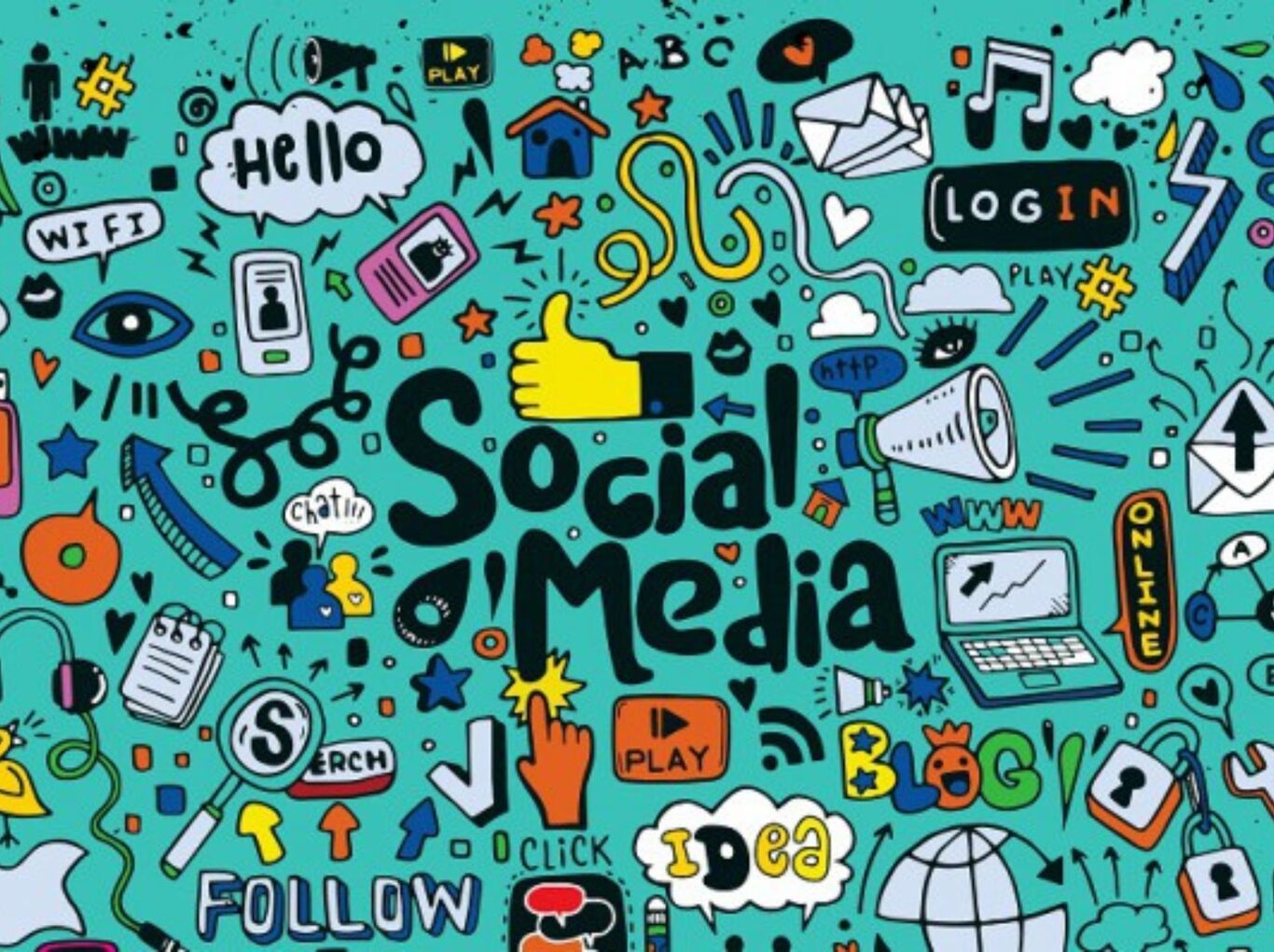Email Drip Campaign: Best Practices with Tools & Examples 2025

When it comes to marketing, staying in touch with customers without overwhelming them is key. This is where drip campaigns come in. Such a campaign is a series of automated emails or messages sent to prospects or customers over time. These campaigns help guide potential customers through a journey, nurturing them until they’re ready to purchase.
In this guide, we'll dive into the drip campaign meaning, its benefits, key components, and some examples. We will also examine tools that help automate and manage these campaigns for maximum results.
What is a Drip Campaign?
A drip campaign is an automated sequence of messages sent out at specific intervals. The purpose is to nurture relationships with leads, customers, or even past clients by providing helpful and relevant information.
These messages are often pre-written and sent out automatically based on actions taken by the recipient, such as signing up for a newsletter, abandoning a cart, or engaging with previous content.
For example, when someone signs up for your email list, a drip campaign could be triggered to send them a welcome email. A few days later, they may receive another email offering helpful resources. The aim is to build trust gradually and move them closer to a buying decision.
Drip Campaign Benefits
Such campaigns provide several benefits for businesses wanting to stay connected with their audience. These campaigns allow you to engage in a more thoughtful and personalised way.
Let’s explore the key advantages that such campaigns can bring to your marketing efforts:
1. Nurturing Leads Over Time
This campaign helps you maintain regular contact with potential customers. Instead of overwhelming them with too much information at once, you deliver it slowly and steadily.
This gentle approach keeps your brand on their radar while giving them time to explore your offerings.
2. Personalised Content
By using marketing automation, you can create different messages for different audiences. This personal touch makes the content more relevant and engaging for your recipients.
When people feel like the content speaks directly to them, they are more likely to take action. This helps improve your conversion rates over time.
3. Saving Time and Effort
Once your campaign is set up, it takes care of itself. The automation does the work for you, sending emails at just the right moments.
This frees up your time to focus on other parts of your business, knowing that your marketing is running smoothly in the background.
4. Building Relationships
These campaigns allow you to share valuable content that helps your audience. This consistent communication builds trust and loyalty over time.
When your audience feels like they are gaining something useful from you, they are more likely to stick around and engage with your brand for the long haul.
Drip Campaign Components
To create a successful campaign, getting all the key elements right is important. These components ensure that your drip campaign meaning runs effectively and meets its goals. Let’s take a closer look at the essentials you need for a well-run campaign:
-
Target Audience Segmentation
Before starting your campaign, break your audience into groups based on their behaviour, interests, or demographics.
This makes sure that each person gets content that suits their needs. People are more likely to engage with your emails when the content is relevant.
-
Clear Goals
Decide what you want your campaign to achieve. Are you aiming for more sales, teaching your audience something new, or reconnecting with inactive customers?
Setting clear goals gives your campaign direction and helps you focus on creating the right message for each step.
-
Content Planning
Create a content plan that fits with the goals of your campaign. Think about what information your audience needs and when they should receive it.
Each email in the series should deliver value and keep the reader interested, helping them move closer to taking action.
-
Timing and Frequency
Choose the right times to send your emails and how often they should go out. It’s important to stay in touch regularly but not so much that you overwhelm your audience.
Finding the right balance ensures your messages are well-received and don’t feel intrusive.
-
Automation Tools
Use marketing automation tools to set up and run your email drip campaign. These tools help you manage your emails' timing and ensure they reach the right people at the right moments, saving you time and making the process much smoother.
-
Call-to-Actions (CTAs)
Make sure every email includes a clear CTA. This tells your audience what to do next, whether it’s downloading something, making a purchase, or signing up for a webinar.
A good CTA is simple and easy to follow, leading the recipient to take the desired action.
Drip Campaign Examples
Many companies use drip campaigns to connect with their audience, boost sales, and build relationships. Let’s look at some real examples and how they worked:
-
Casper’s Welcome Series (E-commerce)
Casper, the mattress company, sent new email subscribers a series of welcome emails. The first email introduced the brand, then offered a discount on their first purchase.
Later, they sent emails showing popular products and customer reviews. This helped Casper increase sales by encouraging new subscribers to buy while building trust with them.
-
Dropbox’s Onboarding Campaign (SaaS)
Dropbox used a series of emails to guide new users through their free trial. Each email explained one feature, like sharing files or accessing them on different devices, helping users understand how Dropbox works.
This led more users to engage with Dropbox’s features and upgrade to paid plans after the trial.
-
Dollar Shave Club’s Abandoned Cart Campaign (Retail)
Dollar Shave Club sent reminder emails to customers who left items in their cart without buying.
The emails highlighted the product’s value and sometimes offered a discount to encourage them to complete their purchase. This helped them recover lost sales by reminding customers to finish their purchase.
-
Coursera’s Educational Series (Education)
Coursera sent marketing automation emails to students who signed up for courses. The emails provided tips, tutorials, and motivation, timed to match the student’s progress in the course.
This kept student engaged, leading to more course completions and better success rates for Coursera.
-
Drip Campaign Automation Tools
The right tools can make your campaign much easier to manage and more effective. These tools handle the heavy lifting, helping you send messages at the right times.
Let’s explore some of the best options for automating your campaigns:
-
Mailchimp
Mailchimp is user-friendly and makes creating and automating email drip campaigns easy. You can segment your audience into different groups based on their interests or actions.
This means your emails can be tailored to each group, making them feel more personal. It's a great choice for beginners and small businesses.
-
HubSpot
HubSpot’s marketing automation platform offers advanced tools to build detailed workflows for your campaigns. It connects smoothly with your CRM, so you can easily track leads and see how they interact with your emails.
This makes it easier to keep your campaigns organised and to follow up with leads at the right moments.
-
Active Campaign
ActiveCampaign provides strong automation features, including emails that are triggered by specific actions your audience takes. It also lets you map out the customer journey, ensuring you're sending the right message at each step.
This tool is perfect for businesses that want more control over their automation and need detailed insights.
-
Convert Kit
ConvertKit is simple but powerful, especially for bloggers and content creators. It’s designed to help you nurture leads with valuable content over time.
You can set up campaigns that deliver helpful information, building a stronger relationship with your audience. It’s great for content-focused marketing.
-
Drip
Drip is built specifically for e-commerce businesses, helping you create personalised email campaigns that speak directly to your customers.
It automates the process and tracks customer behaviour in detail, so you can adjust your messaging as needed. This leads to higher engagement and more conversions for your store.
Wrapping Up
A drip campaign helps you stay in touch with leads, build relationships, and boost sales without overwhelming your audience. It uses automation to send regular, helpful content to guide potential customers through their journey.
With the right tools and strategy, you can set up drip campaigns that meet your marketing goals and grow your business over time. Explore new heights with GrowthJockey—your next step in marketing success. Connect with us today!
Drip Marketing Campaigns FAQs
Q1. Can drip campaigns help onboard new customers?
Ans. Yes, drip campaigns help welcome new customers. They send tips and instructions over time, making it easy for new users to learn about your product. This keeps them engaged and builds trust with your brand.
Q2. How do drip campaigns bring back inactive customers?
Ans. Drip campaigns send reminders and offer to inactive customers. These messages help customers remember your brand. It gives them a reason to come back. Drip campaigns can share discounts, updates, or new products to spark interest again.
Q3. Which businesses benefit the most from drip campaigns?
Ans. The most common uses of drip campaigns are in e-commerce, software, and education businesses. E-commerce uses them to recover lost sales, software companies use them to guide new users, and education platforms use them to keep students learning step by step.








